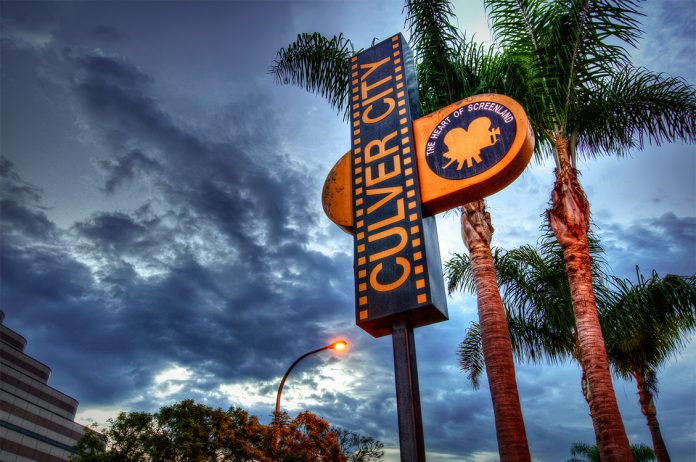By Meredith Powers
Dr. James Limbaugh remembers the night he was walking to his car after work and noticed a woman sitting in a parking lot near a street light.
As the president of West Los Angeles College approached the woman and asked what she was doing, the female student told Limbaugh she was using the light to finish her schoolwork.
“We got to talking and I said, why are you studying here?” Limbaugh recalled. “She said ‘I’m homeless, and this is the only light I have to study.’”
An estimated 17 percent of the students at West Los Angeles College, which is based in Culver City, have experienced homelessness, according to a 2016 survey from the Los Angeles Community College District.
Those familiar with the issue at WLAC say homeless circumstances happen on a spectrum – from couch surfing, sleeping on the streets, living in a car, to other transitional living facilities.
As Limbaugh and his wife, Trish, learned so many students were in need, they decided to do something to help. In 2016, Limbaugh’s first year at WLAC, he and his wife began organizing an on-campus food pantry, which opened in January 2017.
“If the students are hungry and are living in their car, how can they study?” Limbaugh said.
The food pantry provides non-perishable items and toiletries to students in need. It is funded primarily by WLAC’s student government, the Culver City Exchange Club, and other private donations.
“When you say we have 1,800 homeless students at West Los Angeles College, that’s sometimes jarring to people because they assume that West L.A., which I am learning has a reputation of being more wealthy, that’s hard for people to connect with wait, West L.A. has homeless students? Yeah, we do,” Limbaugh said.
But helping those in need is not always that simple – especially if those struggling do not want to openly admit they are in need. Located in a discreet space on campus, students have to provide only their student ID number, so they can remain anonymous to their peers. The pantry is guarded by a privacy screen, so students who access resources are shielded from the public.
“It’s an issue that has to be handled with great discretion because students are very proud and they’re not going to admit it,” Limbaugh said.
Carrie Engle graduated from WLAC this year and finished her last semester while living in her red Ford Freestyle, a mid-sized sports utility vehicle. Engle, 32, said she found herself without a place to live after breaking up with her boyfriend and later being evicted from her apartment. After spending a few weeks on friend’s couches, she transitioned to sleeping in her car to see if she could make it work.
“You have to be creative to survive in this city,” she said. “I just realized housing is an issue in Los Angeles. I couldn’t justify working two to three jobs to pay rent at a place I’m never at.”
Engle built a bed in the back of her car to sleep in and purchased a gym membership to access amenities like showers and bathrooms. For food, Engle said she went between storing perishable items in a cooler in her car or in a refrigerator at her on-campus job.
“I did very well doing it, but it’s very stressful and it’s time-consuming,” Engle said. “It can be irritating to get everything together and trying not to look like you live in your car.”
On the west side of Los Angeles, which includes Culver City, Santa Monica and Venice, about 4500 people were counted as homeless this year, according to data released by the Los Angeles Homeless Services Authority in May. Compared to 2017 numbers, the number of people experiencing homelessness in the area decreased by about 17 percent, with the majority of that population unsheltered.
Engle said she often saw families of three or four – sometimes with children – sleeping in their cars when she was looking for places to park her car overnight.
“This experience has been so awakening for me because people don’t think about the resources people need to just live,” she said. “We all need to be doing more to help these people.”
As for WLAC, Limbaugh says the next goal for the food pantry is to incorporate perishable items and refrigerated foods.
“I think a lot of people feel like homeless people just need to go and ask for help, but it doesn’t work that way,” he said. “You have to create an environment in which they feel comfortable reaching out. We have to create a culture here that says, ‘We support you,’ and if you reach out for help we will give it to you. That’s the process we’re in now.”

